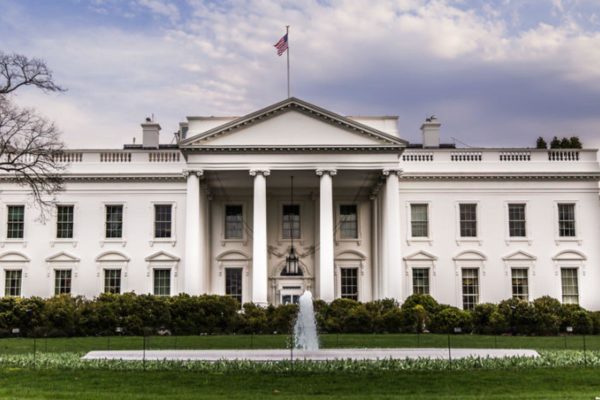As the confirmation process nears its end for President-elect Donald Trump’s Cabinet appointees, some observers have bemoaned the appointees as being too white. While there are still two positions to be filled, Trump’s Cabinet is shaping up to be whiter than his most recent predecessors’.
But it is not the number of whites in Trump’s Cabinet that is alarming, but rather, it is their monopolistic placement at the top that is problematic.
Of the 15 departments, at least two of the secretaries will be a person of color: Ben Carson as secretary of housing and urban development, and Elaine Chao as the transportation security. As a point of comparison, President Barack Obama had seven secretaries of color in his 2009 Cabinet; President George W. Bush had five in his 2001 Cabinet; and President Bill Clinton had seven in his 1993 Cabinet.
Not only is Trump’s Cabinet whiter than his contemporaries, where he falls short most notably is not the comparison to how many minorities were in his predecessors’ Cabinets, but to which Cabinet departments the minority secretaries are assigned. Not all departments are created equal.
In terms of history, only four of the current departments date back to President George Washington’s first Cabinet: state, treasury, war (defense), and justice.
In terms of politics, there is a clear order for the line of succession if the president is incapacitated. Secretary of state is the first of the 15 department heads, followed by the secretaries of treasury and defense. And at the very bottom of the hierarchy are the secretaries of veterans affairs and homeland security.
Although President George W. Bush had few minorities in his 2001 Cabinet, he had two minority secretaries who were substantially well ranked. There was Colin Powell as the secretary of state – the first minority to hold that post. And there was Elaine Chao. As labor secretary, Chao was in the middle of the pack – two spots above housing and urban development.
In contrast, the highest ranking minority secretary in Trump’s administration will be Carson at housing and urban development, which ranks 12th.
Minorities constitute almost 40 percent of the American population. If our government is supposed to be “of the people, by the people, for the people,” it is imperative that the Trump administration engages meaningfully with this 40 percent.
To this end, appointing minorities to top government positions is a step in the right direction. Without a critical mass, the presence of a few minorities is not enough to ensure minority-friendly policies.
But it is important to distinguish between more minorities and well-placed minorities. Even if Trump appoints minorities to the remaining vacancies, it is not enough. Research has repeatedly shown that having more minorities in government is not sufficient if they are merely token appointees. There is no reason to assume an African-American secretary will always advocate for the black community.
Likewise, a Chinese-American secretary is no guarantor of Asian rights. In this scenario, the few minorities in Trump’s Cabinet might as well have been white. And conversely, whites need not always be the enemy: They can act – and have acted – in the interest of minorities. To this end, it is imperative that people of color continue engaging in cross-race dialogue.
It is also important to distinguish between more minorities and well-supported minorities. There is evidence showing secretaries need money, political capital, and quality staffers and bureaucrats to implement the necessary policies. Without these resources, minority secretaries are handicapped in what they can do.
While most of us do not have the wherewithal to affect a secretary’s budget and political connections, each of us can be proactive in supporting minority policies. It’s true that Trump has a lot of whites in his Cabinet, and while many have bemoaned that fact, it is something to be less concerned about than where he is placing them in his Cabinet. He can and should do better.
Amy Liu is an assistant professor of government at The University of Texas at Austin.
A version of this op-ed appeared in the San Antonio Express News.
To view more op-eds from Texas Perspectives, click here.
Like us on Facebook.




